When I was young, functional safety for automobiles consisted of checking tread depth and replacing belts and hoses before long trips. I’ll confess that this was a long time ago. Though even not that long ago, the only way you found out about failing systems was going to the mechanic and having them hook up a reader to the OBD port. Or,… Read More
Semiconductor Intellectual Property
Webinar: RISC-V IoT Security IP
Disruptive technology and disruptive business models are the lifeblood of the semiconductor industry. My first disruptive experience was with Artisan Components in 1998. The semiconductor industry started cutting IP groups which resulted in a bubble of start-up IP companies including Artisan, Virage Logic, Aspec Technologies,… Read More
Block RAM integration for an Embedded FPGA
The upcoming Design Automation Conference in San Francisco includes a very interesting session –“Has the Time for Embedded FPGA Come at Last?” Periodically, I’ve been having coffee with the team at Flex Logix, to get their perspective on this very question – specifically, to learn about the key features that customers are seeking… Read More
The Rise and Fall of ARM Holdings
Publishing a book on the history of ARM was an incredible experience. In business it is always important to remember how you got to where you are today to better prepare for where you are going tomorrow. The book “Mobile Unleashed” started at the beginning of ARM (Acorn Computer) where a company went from a crazy idea a couple of engineers… Read More
Machine Learning Drives Transformation of Semiconductor Design
Machine learning is transforming how information processing works and what it can accomplish. The push to design hardware and networks to support machine learning applications is affecting every aspect of the semiconductor industry. In a video recently published by Synopsys, Navraj Nandra, Sr. Director of Marketing, takes… Read More
Worldwide Design IP Revenue Grew 12.4% in 2017
When starting SemiWiki we focused on three market segments: EDA, IP, and the Foundries. Founding SemiWiki bloggers Daniel Payne and Paul McLellan were popular EDA bloggers with their own sites and I blogged about the foundries so we were able to combine our blogs and hit the ground running. For IP I recruited Dr. Eric Esteve who had… Read More
AI processing requirements reveal weaknesses in current methods
The traditional ways of boosting computing throughput are either to increase operating frequency or to use multiprocessing. The industry has done a good job of applying these techniques to maintain a steady increase in performance. However, there is a discontinuity in the needs for processing power. Artificial Intelligence… Read More
IP Vendor Tuning of Your SoC A Practice for Design Success
On April 17, Mick Posner, Director of Product Marketing, IP Subsystems, Hardening & IP Kit solutions held a Webinar entitled ‘Getting more from your IP Vendor, IP Tuned to Your SoC’. This brought back memories of the challenges in days past of making the right choices in IP selection, integration and validation when prudence… Read More
ARM IoT Mbed Update
Normally press release events with ARM tend to be somewhat arms-length – a canned pitch followed by limited time for Q&A. Through a still unexplained calendar glitch I missed a scheduled call for a recent announcement. To make up I had the pleasure of a 1-on-1 with Hima Mukkamala, GM of IoT cloud services at ARM. Hima is a heavy … Read More
Hard IP for an embedded FPGA
As Moore’s Law enables increased integration, the diversity of functionality in SoC designs has grown. Design teams are seeking to utilize outside technical expertise in key functional areas, and to accelerate their productivity by re-using existing designs that others have developed. The Intellectual Property (IP) industry… Read More




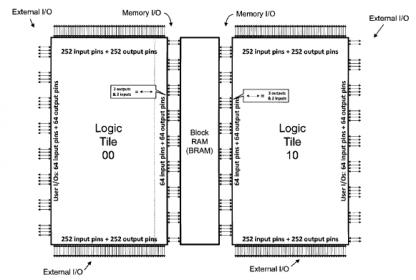


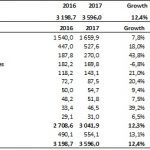
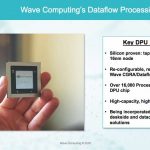
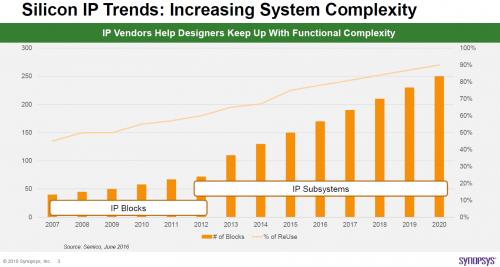
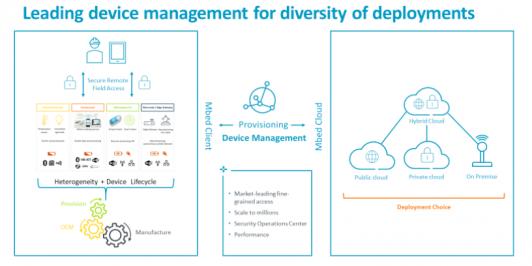
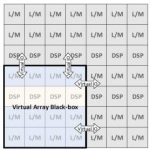
Quantum Computing Technologies and Challenges